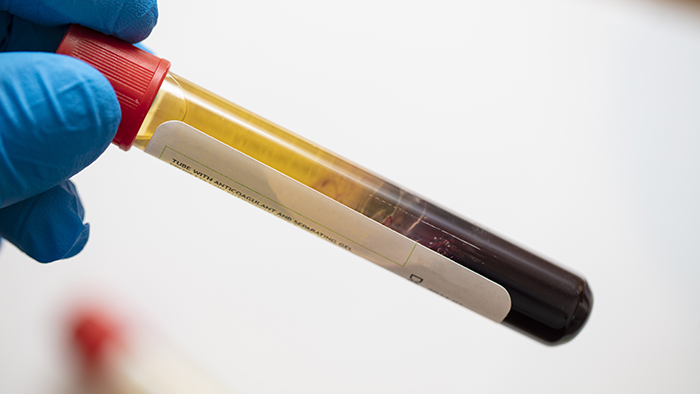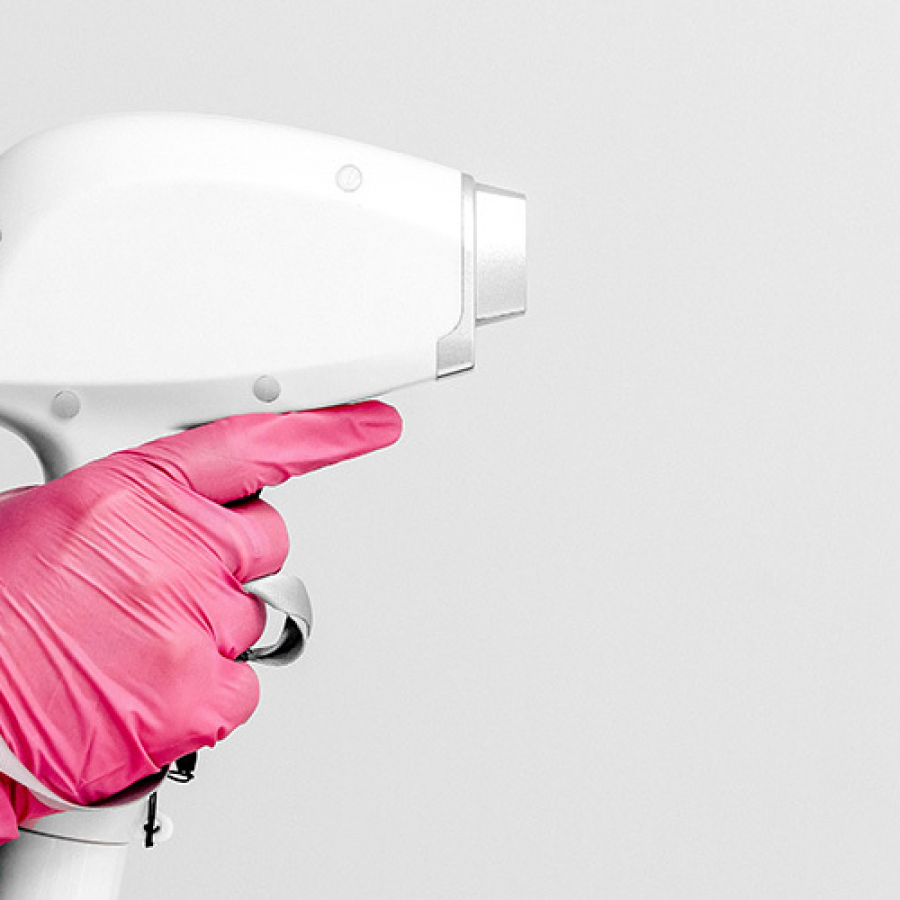
By Chad Sulak, Brand Manager – PRP, Crown Aesthetics
As the field of aesthetic medicine evolves, new and innovative products are constantly being introduced to the market. We are also seeing an advancement of current technology and new ways to utilize existing products. Often, with these advancements comes misinformation and, ultimately, legal risks for your practice.
Platelet-rich plasma (PRP) is one of the most rapidly growing products in this segment. This product has been around since the 1970s and was initially only used during open-heart surgery beginning in the 1980s. From there, it would go on to be used in oral-maxillofacial surgeries from the 1990s through today.
With its autologous nature (platelets are obtained from the patient, for the patient), safety, ease of use and positive results, it is easy to see why PRP was adopted by so many various specialties. However, due to its rapid growth and lack of controlled studies that could be referenced, misinformation regarding PRP did not take long to spread throughout the industry. The most widespread and dangerous lie of the bunch? All PRP is the same, regardless of preparation.
In this post, we will be focusing on the most common form of PRP preparation—the single spin test-tube-style setup. There are a variety of these systems available, and each tends to make its own claims, ranging from platelet concentration to total PRP volume, each of which is an important aspect when choosing your PRP manufacturer. We'll also look at the legality of producing PRP and how to ensure that your practice remains within the confines of the law. Specifically, we will be discussing "home-brew" PRP, or the act of preparing PRP utilizing basic lab diagnostic test tubes.
The ABCs of PRP
The concept behind PRP is simple—separate the platelets and plasma from the red blood cells (RBCs) utilizing centrifugal force. The higher density of the RBCs causes them to push towards the bottom of the tube, while the lighter density platelets and plasma remain on top, thus creating PRP. Some offices may choose to prepare their PRP using a standard lab test tube or diagnostic tube instead of purchasing a specifically designed platelet separation tube from a PRP company, the thought process being that lab diagnostic test tubes can be had from $5 to $40 per tube, not much else differs from a PRP manufacturer, and the practice already owns a basic centrifuge. Why bother spending the additional money?
FDA 510(k)—Those seven simple characters are the most important part about any PRP system. Regardless of from whom you choose to purchase your PRP equipment, ensuring they have FDA 510(k) clearance is the key to remaining in compliance and avoiding potential litigation. The purpose of an FDA 510(k) clearance is to determine whether the device is equivalent to a device currently placed into one of three classification categories. By receiving this clearance, the FDA is giving its acceptance that the device has been deemed safe and effective.
The standard lab-based diagnostic test tubes do not have FDA 510(k) clearance to produce PRP. In fact, many of their instructions for use (IFUs) specifically state that they are not to be used for re-injection into the patient. By going against the manufacturer's IFU and utilizing the product in a manner not cleared by the FDA, a practice can find itself open to some serious legal ramifications, as well as the increased possibility of patient harm.
By now, you might be thinking that as long as your blood collection tube is FDA cleared and its IFU does not prohibit re-injection into the patient, you can go about producing PRP at a fraction of the cost. However, you are still not using the product for its intended usage, which is diagnostics. When companies receive their FDA 510(k) to sell a PRP product, it is the FDA giving its stamp of approval to use that product for that specific purpose. That clearance also provides comfort, knowing that your practice is working within the law and in compliance with the FDA.
There may be practices that have been utilizing "home-brew" PRP for years with no adverse side effects and no issues with the FDA. What is the incentive to change course now? The answer turns to a question of legality and protection from future lawsuits should something go wrong. Think of it like speeding—a person may speed every day of their life without a ticket or accident, but all it takes is one time to result in a hefty fine or more dire consequences.
Up to No Good
Let's take a hypothetical example of ABCD Med Spa, which has been using a "home-brew" PRP product for years with no issues. One day, a patient undergoes a simple PRP procedure. All goes well, and the patient leaves the office with no complications. Once at home, however, the patient has a reaction, with their skin becoming inflamed and infected. As a result, they hire a lawyer and sue ABCD Med Spa. During the trial, the attorneys go through every part of the procedure and ask about the PRP product utilized. The lawyers would be able to show that cutting corners on the production of the PRP product demonstrates a willingness to cut corners on all aspects of the clinic. The patient's issue may have little to do with PRP, but the practice's disregard of the basics may impact its legal position. All the opposing council has to prove is that ABCD Med Spa utilized a non-FDA cleared product on a patient, even though FDA-cleared versions of that product exist, to potentially win the court case and financial compensation.
The above case is fictional, and any similarities to existing practices or pending litigation are purely coincidental.
What does this mean for your practice and its utilization of PRP? Make sure that whichever company you purchase from has a valid FDA 510(k) clearance in order to protect your practice. The cost of goods difference between making it yourself and purchasing from a reputable company is minimal compared to the litigation cost and potential patient harm. Reach out to your PRP representative today and ask them if their product has FDA 510(k) clearance to protect the business you have worked so hard to build.
Crown Aesthetics helps physician-directed practices grow their businesses by providing efficacy and safety. Its non-invasive innovations include technologies such as SkinPen, the first FDA-cleared microneedling device on the market. SkinPen is the only U.S. engineered and manufactured microneedling pen, and it has proven safety and efficacy through the company's clinical trial and more than 90 validation studies.











